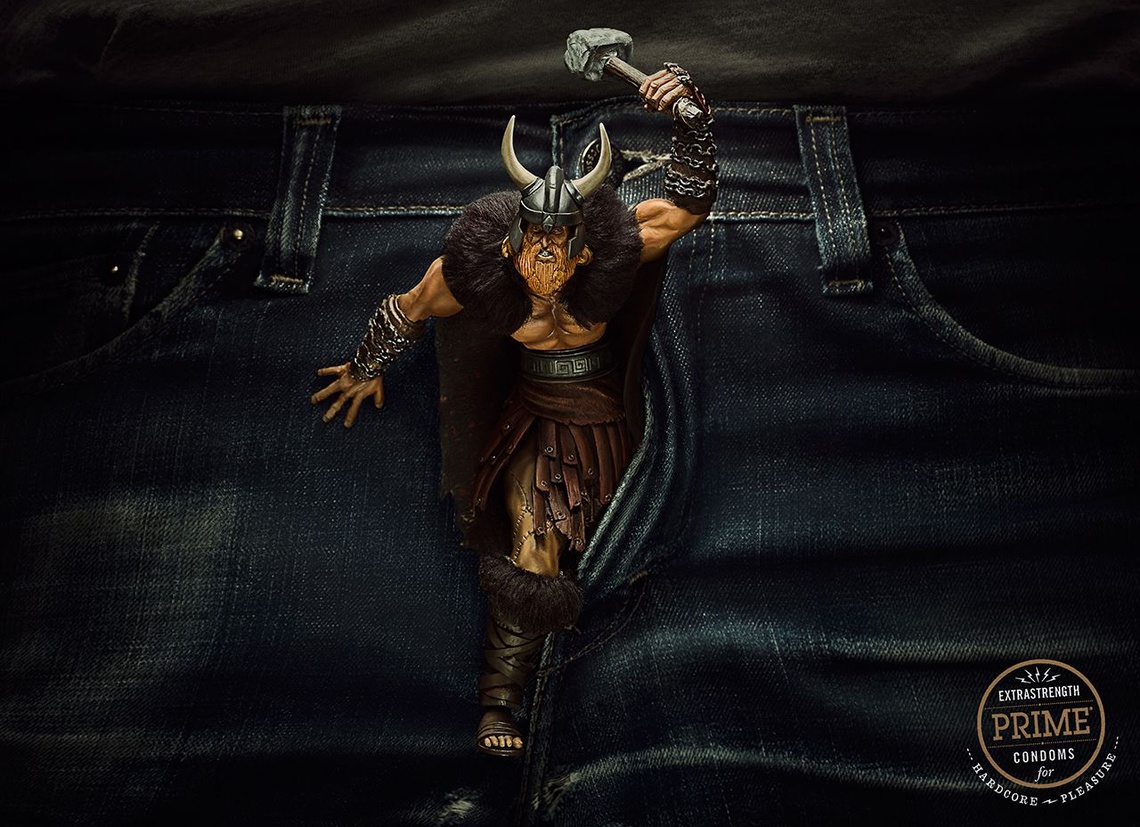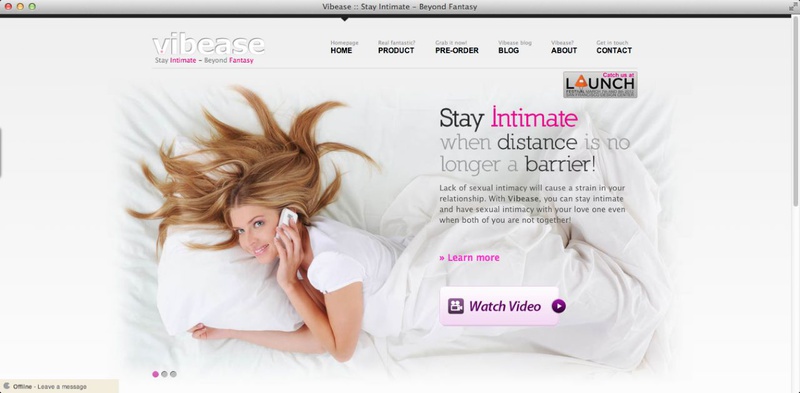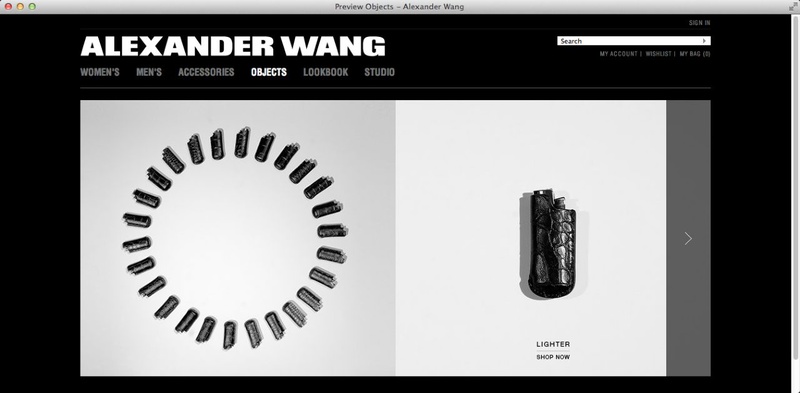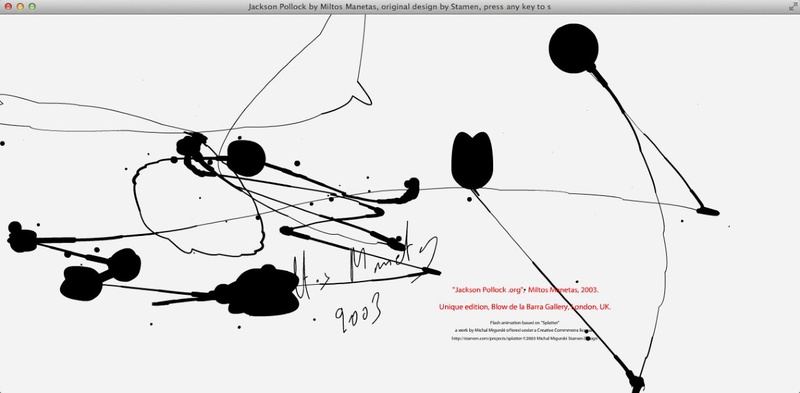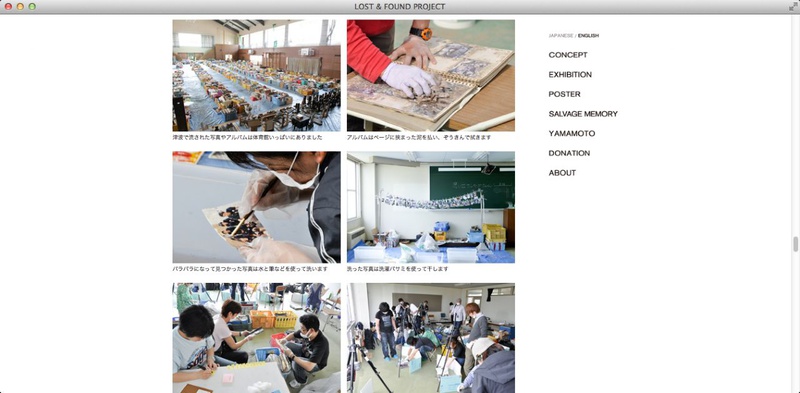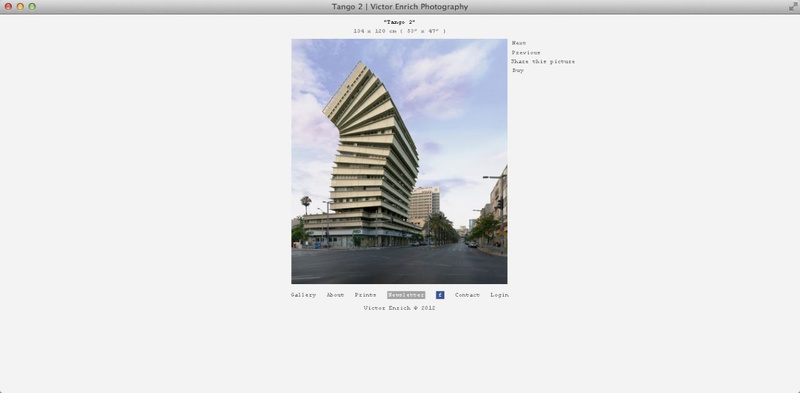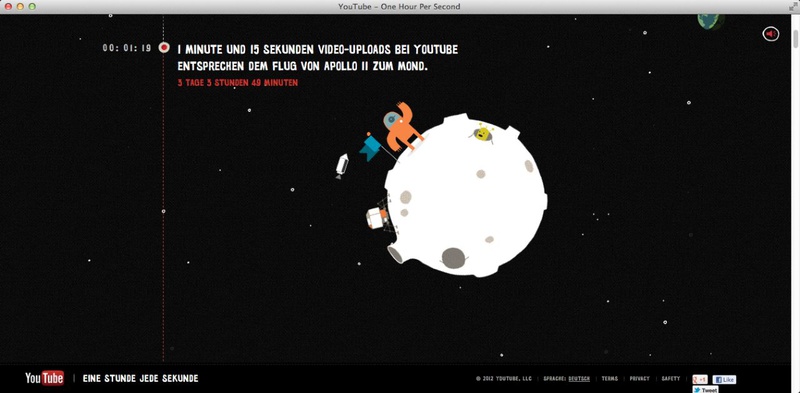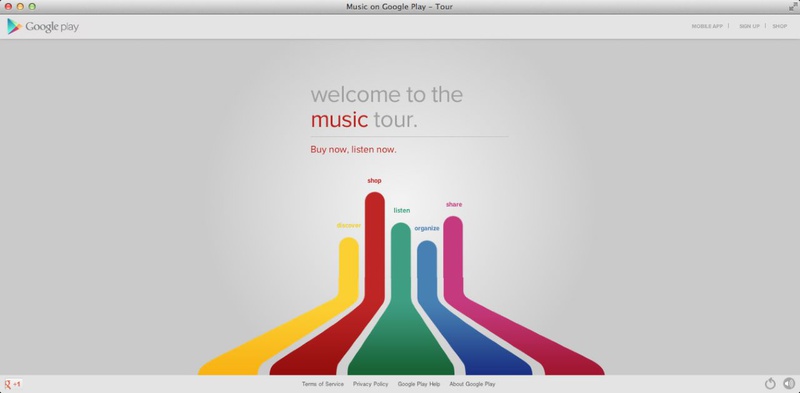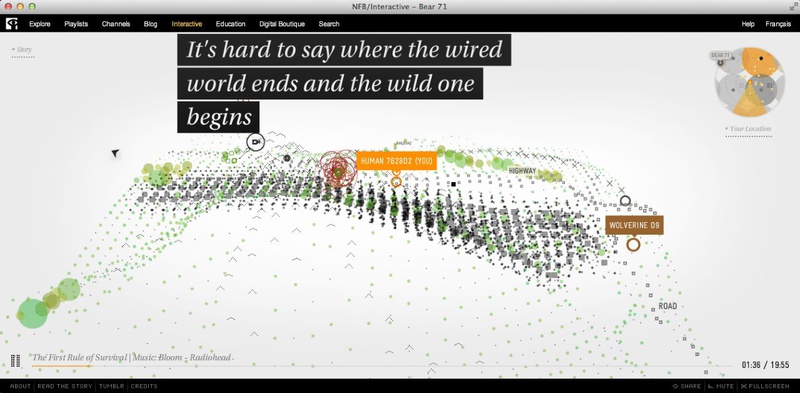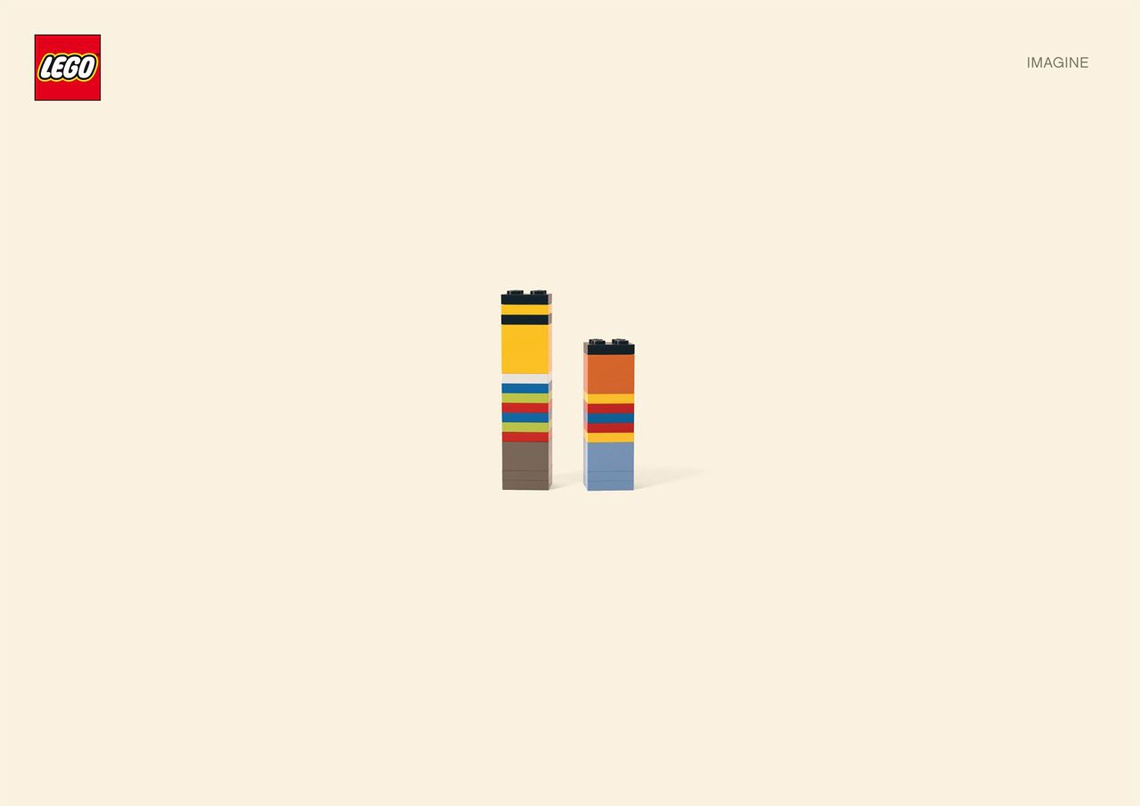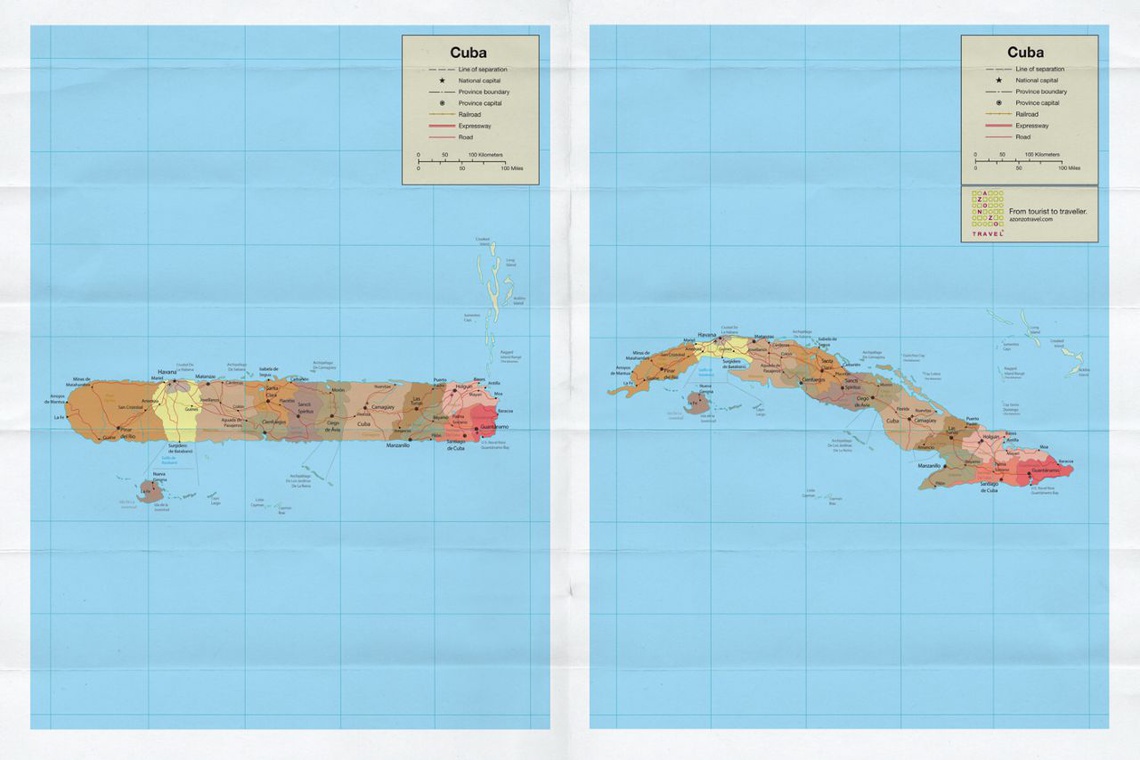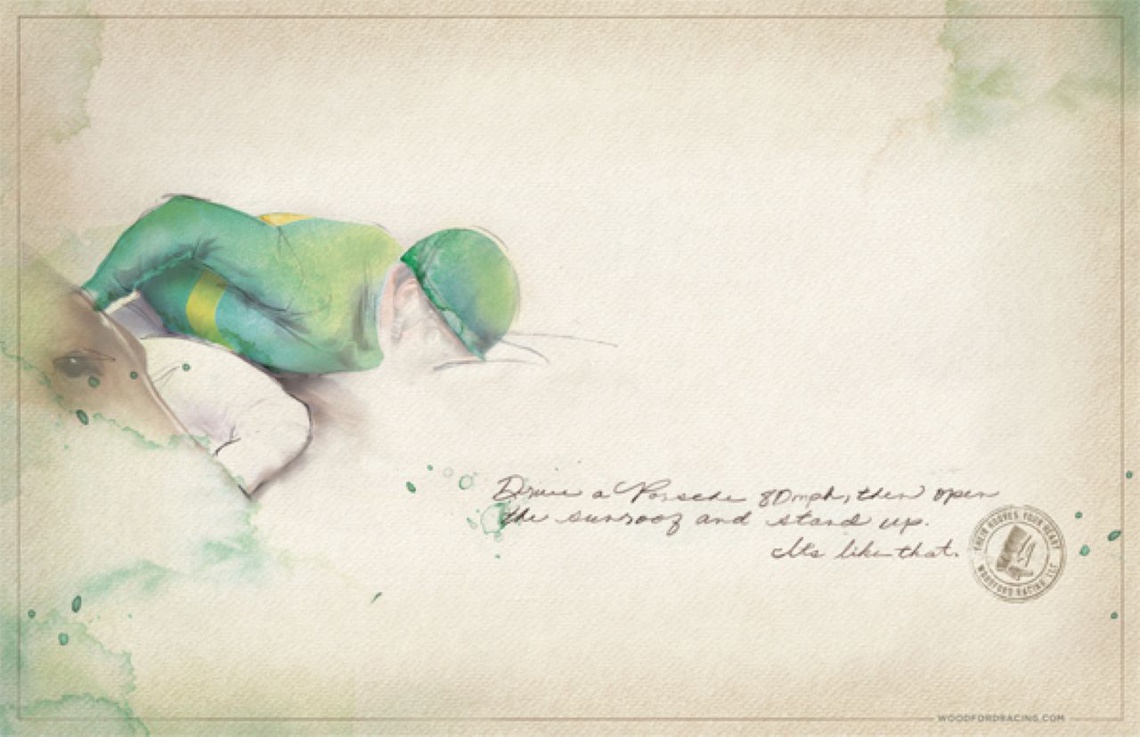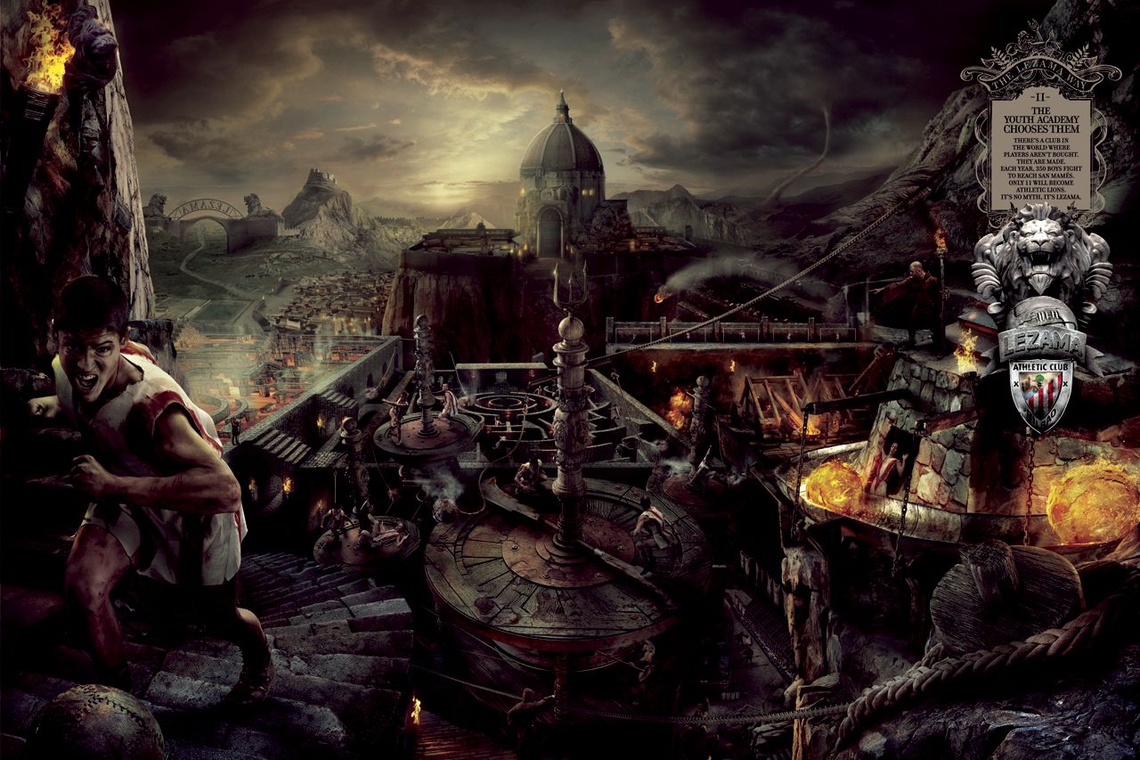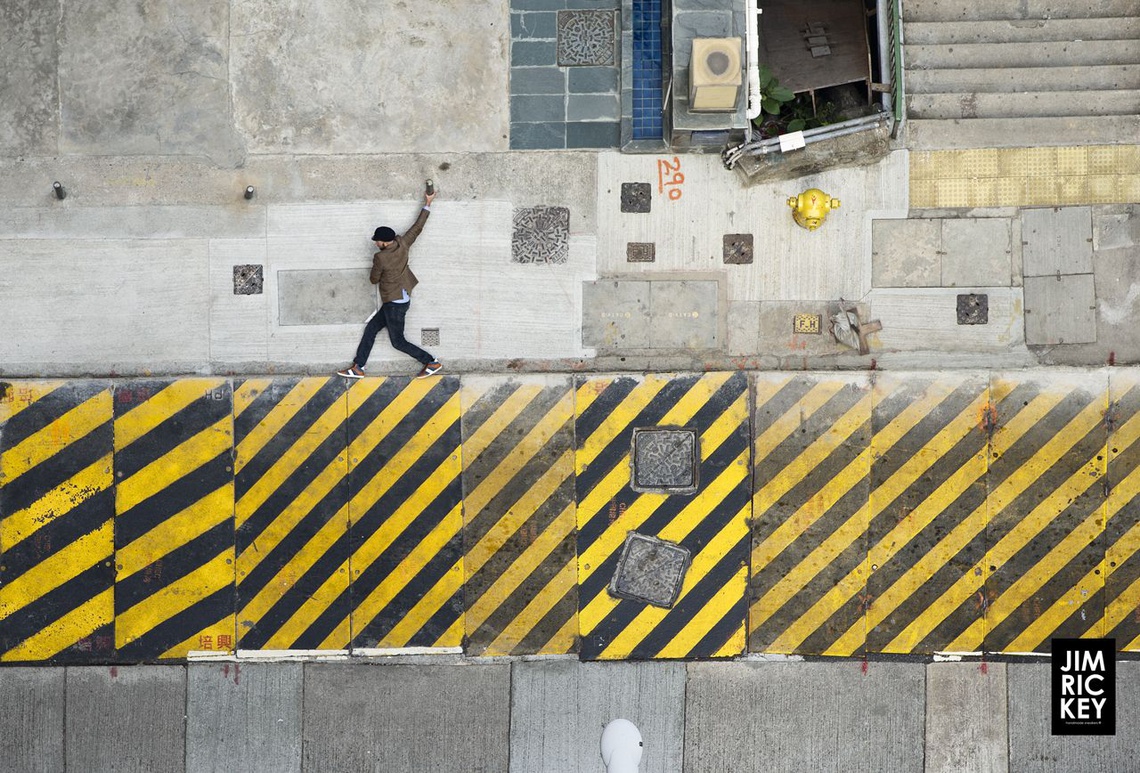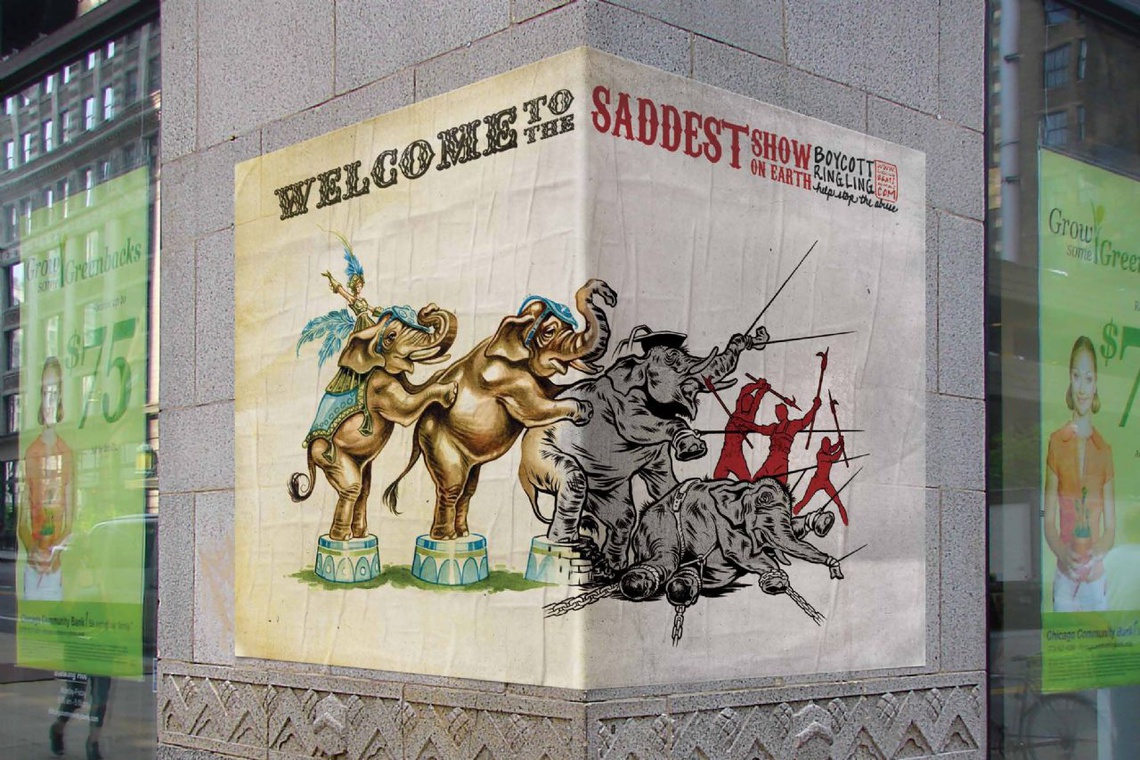Digital advertising is still considered simply as one of the ways to monetize the system right now, but people will soon see it differently. The creative behind the selection of digital work in this issue is Naoki Ito, who started out in advertising at ADK, Japan’s third-largest ad agency, working as sales promotion planner and account planner. In 2003, he became Creative Director. After receiving a number of awards, he joined GT, a leading Japanese creative boutique, in July 2006. In 2009, he went on to join Wieden+Kennedy, Tokyo as Executive Creative Director. He has worked for major clients such as Nike, Microsoft, and Coca-Cola. Michael Weinzettl spoke to the exceptional Japanese creative.
L.A.: Hi Naoki, can you tell us a bit about your background? Where did you grow up and what was your education like?
Naoki Ito: I was born at the foot of Mt. Fuji, Shizuoka. It is genial warm place, known as green tea and tangerines. I graduated from high school in Tokyo. I really wanted to work in the mass media field in the future, so I took all possible entrance exams, no matter which major it was, subsequently going to Waseda Univ., which is the university many people go if they want to get into mass media. I studied film at sub-school and self-taught myself philosophy and psychology during university.
L.A.: Who would you say influenced you most when you were growing up in terms of creativity? Were your parents in creative professions? And what did they think about your career choice?
Naoki Ito: Because I went to drawing school at the age of 4, I was a child who
liked to paint with watercolor and oil paint. I liked going to the zoo near my house to draw pictures of animals. I think these experiences built up my powers of observation. Neither of my parents are part of the world of advertising, and they have no idea about this field. However, they are very education-minded and love raising children. I am very grateful to them.
L.A.: How and why did you get into advertising? Your first job was at Japan’s third-largest agency, ADK, right?
Naoki Ito: I was at university from 1991 to 1995, when the internet had just started expanding in Japan. Since I had worked on video productions, I had been dreaming about a fusion of video and internet ever since I read about something like this in “Wired” magazine. I expected that advertising would be the best field to incorporate internet as a means of communicating. And I was right.
L.A.: You first worked at ADK in sales promotion and as an account planner before becoming Creative Director of the agency in 2003. Is that a normal route to becoming an ad creative in Japan? (Because, in the west, it is not.)
Naoki Ito: It is not a special story in Japan. The advertising business helps to upgrade and improve you day by day, and calls for multiple roles and multiple skills. The system in Japan is advantageous, I think.
L.A.: What tempted you to leave the big agency in favor of creative boutique GT in 2006?
Naoki Ito: I had made many TV ads and graphic posters when I was in the big cre-
ative agency. All work was done in analog; we did not yet incorporate digital. Those digital media belonged to different departments in the agency. I thought that I should fuse them, analog and digital.
L.A.: Can you tell us a bit about the work you created there, such as the Love Distance, the one-year commercial concept for condom manufacturer Sagami?
Naoki Ito: I was a creative director, art director, copywriter, and strategic planner on Love Distance. I covered all the bases. That is definitely an unusual situation – even in Japan. However, I wanted to try this kind of experimental process at GT.
L.A.: What about the Nikon Coolpix Helicopter Boyz? What was that about? What did you want to communicate there? How did it work? I have seen a video on YouTube of a performance by the group but how did you communicate this event to a large audience?
Naoki Ito: Nikon Coolpix carries a digital camera which can project an image onto the wall. The product itself is very unique and “geeky.” I therefore wanted to make it little “weird,” like extraordinary things from daily life. I needed to expand information with “geeky” sentences. As I expected, this work was picked up by many geek websites, such as https://www.todayandtomorrow.net.
L.A.: In late 2009, you joined Wieden+
Kennedy, Tokyo as ECD and worked on accounts that included Nike, Google and PlayStation. Can you tell us a bit about some of these projects, e.g. the Nike Music Shoes or the Uniqlo website, which won so much praise?
Naoki Ito: Uniqlo is the client I worked on while still at GT. The “Nike Music Shoes” is a kind of piece that I really wanted to create at Wieden+Kennedy. W+K, especially the Portland and Amsterdam offices, are famous for their long-term relationship with Nike and their global campaigns for Nike. The Tokyo office of W+K is a great place to experiment. That’s why I wanted to create the most experimental film ever for Nike.
L.A.: Which of the projects you did as Creative Director at GT and Wieden+Kennedy are you most proud of?
Naoki Ito: Definitely “Love Distance.” I felt goose pimples when I received a lot of applause at the screening at Cannes. Personally, I like “Big Shadow” as well.
L.A.: You believe that one of the most important features of the internet is that it makes interactivity possible. You’ve said that “interactivity leads advertising to the next level.” Can you elaborate on this a bit please? And how do you get users to interact rather than just consuming?
Naoki Ito: By making advertising tangi-
ble. Interactive enables you to communicate through not only vision and hearing but also through your sense of touch.
L.A.: Where do you see advertising in the next 10 – 15 years? Will there be any print advertising or any TV commercials as they still get awarded at Cannes – or will it all be on the web?
Naoki Ito: The progress of electronic paper is remarkable. The time would shift again if the screen started to wear paper texture. In the next 10-15 years, things will change a lot. The internet will infiltrate everywhere in our life, like a blood capillary, even more than it does now. Advertising will be the survival of the fittest in the stream of time. Digital advertising is still considered simply as one of the ways to monetize the system right now, but people will soon see it differently.
L.A.: In the last four years, you have won 15 Cannes Lions including five Golds (Cyber, Film, Outdoor, PR) and over 130 awards in Japan and overseas. How important to you are awards? Are all these awards becoming inflationary, and do they still mean anything to you after winning so many?
Naoki Ito: Being a judge finally helped me understand how hard it is to win a Gold Lion in Cannes, or at the D&AD. It’s really, really hard. All the juries judge with both the view of a professional creative and also as a consumer who interacts with advertising. That is why receiving recognition from international awards makes us feel really good.
L.A.: Where do you get your inspiration from?
Naoki Ito: For me, airplanes and the Japanese shinkansen (bullet train) are the best places to think about ideas. Especially the shinkansen: it feels like it’s scanning the Japanese scenery. That experience brings back all my memories and helps to expand my imagination.
L.A.: How do you unwind? Do you have any hobbies?
Naoki Ito: I do triathlon. I swim, bike and run. I also like collecting chairs.
L.A.: I read that you love Tokyo from
the bottom of your heart? Why is that? And how does it compare to other big cities?
Naoki Ito: I still do love Tokyo, but I don’t love it the most at this moment.
L.A.: What were some of the criteria you employed in selecting outstanding digital work for Vol. 3-12 of Archive Magazine?
Naoki Ito: The standards of talented professionals in advertising are very high. I think it’s about time we spent our time and creativity to create something that might not even be called advertising, and stop doing short-term campaigns. I picked those works just with the view of excellence of communication, no matter whether or not they actually are advertising.
